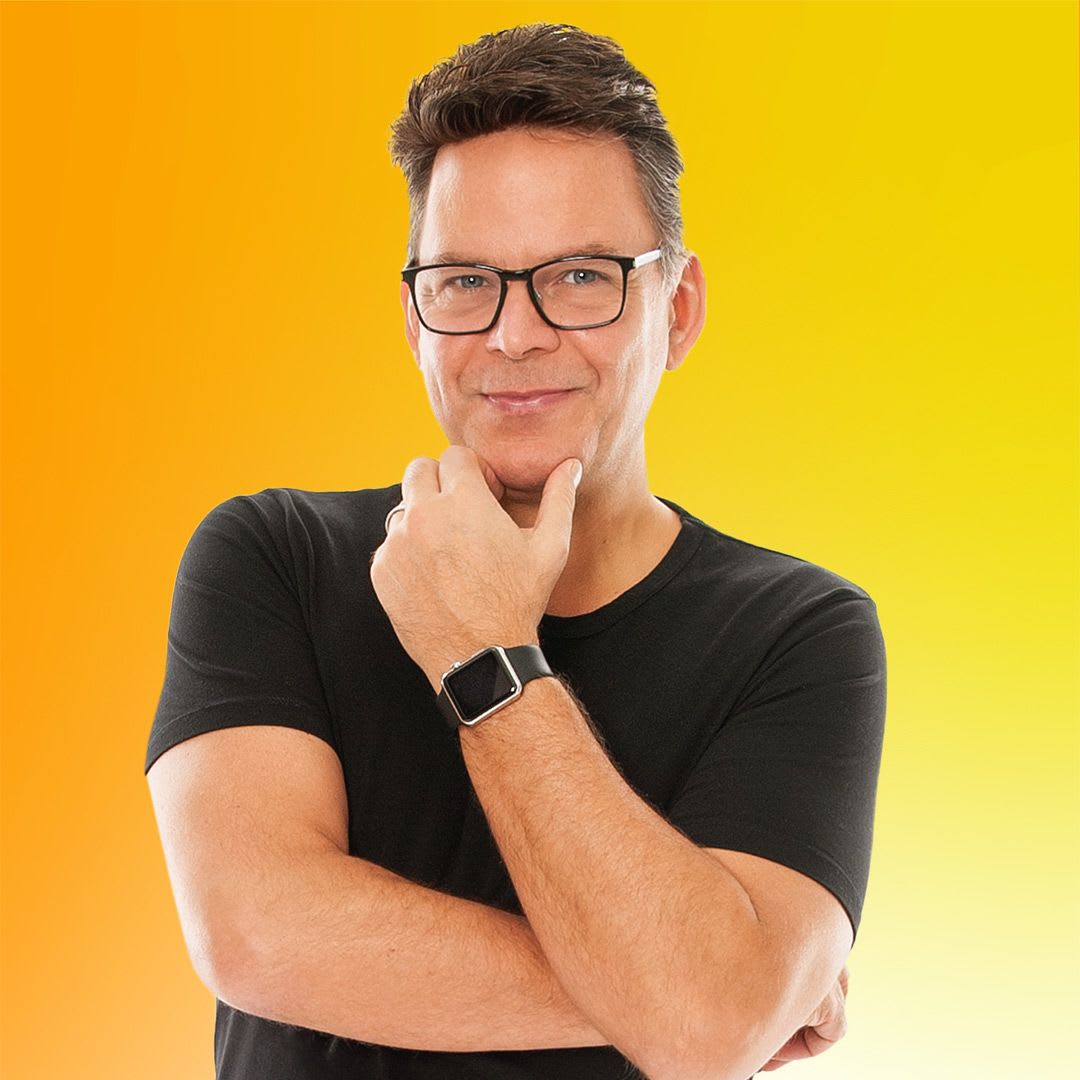Answers From The Experts #HarmLESS
As promised, we've got the expert answers from YoungMinds on the most commonly asked questions about Self-harm - as part of our #HarmLESS campaign.
You can see the full list of questions below.
- What is self-harm and why do young people do it?
Self-harm can take many different forms and is defined by the act of a child or young person purposely injuring themselves. This can include cutting, burning, biting or overdosing. It can be a coping technique which may be used to manage overwhelming feelings or to regain control. Sometimes it is a way of converting psychological pain into physical pain, which will be felt locally.
- Is it something that I have done & am I going to make it worse?
Self-harm is not caused by poor parenting and it is not the parents’ fault. It is a sign of emotional distress and can be a way of coping with overwhelming feelings. It is important that parents stick to their boundaries and keep the house rules the same. This will help increase emotional stability and reinforce to the child that nothing has changed.
- Should I remove the object my child is using to self-harm?
There is no all-encompassing answer as to whether or not you should remove the object that is being used to self-harm. Each young person is individual, and for one person the removal of the object could reduce temptation; for another it could feel like an over-reaction and the child or young person could lose the feeling of being in control. YoungMinds would recommend having a joint discussion with your child and deciding what would work best, or getting specialist advice to agree the most appropriate solution.
- Does it mean they are trying to kill themselves?
Not necessarily, self-harming does not always mean that they are trying to end their lives, nor does it mean it will escalate into a suicide attempt.
- How do I talk to my child about them hurting themselves?
Do not assume that your child knows how you feel – talk about how you do not feel angry, disappointed or embarrassed by your child.. Try to keep communication open and acknowledge observations. It is good to avoid direct questions such as ‘Are you self-harming? & why are you doing this?’ – This could be seen as accusing or challenging. Try and stick to what you already know and keep to the facts, e.g. ‘I have noticed that… is happening’. Some children may be more reluctant to talk about self-harming, or may only wish to talk to an independent person. Some children may self-harm, as a means of avoiding talking about painful feelings or emotions.
- How can I get my child help?
Self-harm is a symptom of an underlying problem. It may be that professional support is needed to explore what might be triggering emotional distress. Talking therapy can help investigate what issues or problems might be underlying the self-harm, and can help develop strategies to manage it. Avenues of support will vary depending on local resourses, but starting with the GP is a good first step. The GP will know of local support groups and counselling services, and can also make referrals into CAMHS (Child and Adolescent Mental Health Services) if appropriate. It is possible that your child’s school may become involved and could help you and your child access support. School counselling services may also be something your child can benefit from. To access specialist advice you can contact the YoungMinds Parents Helpline on 0808 802 5544.

